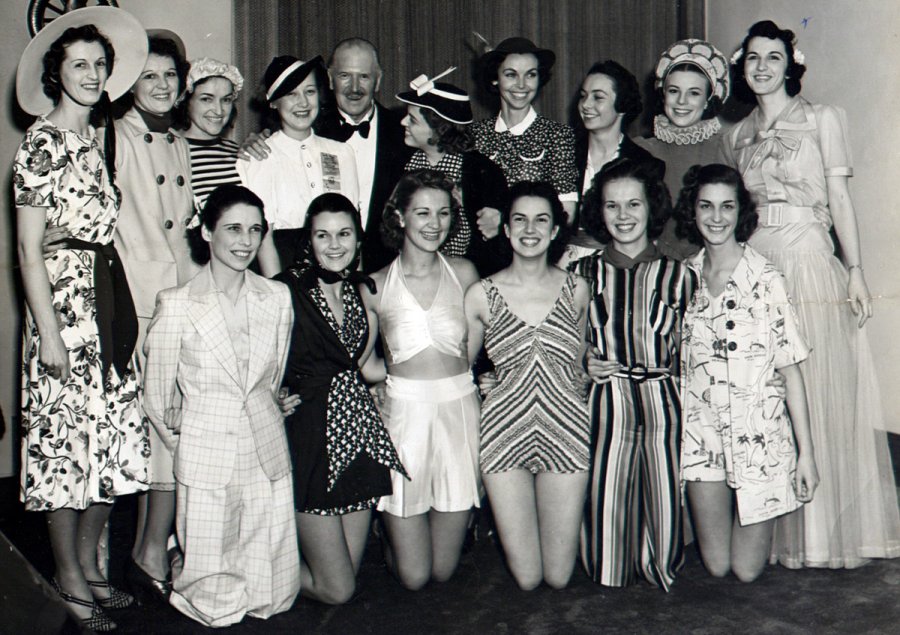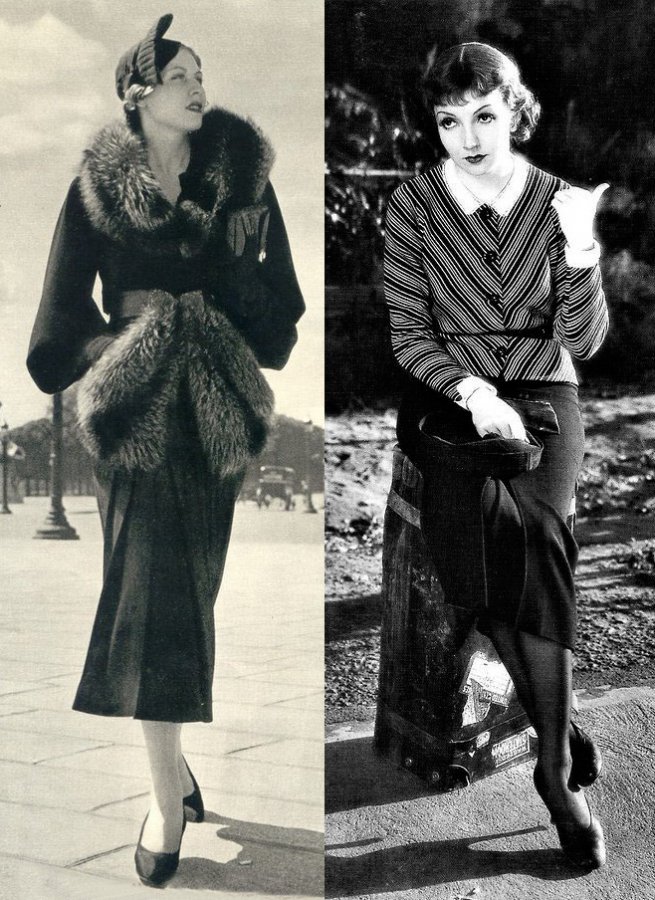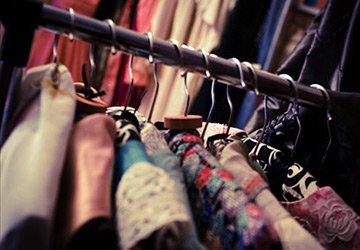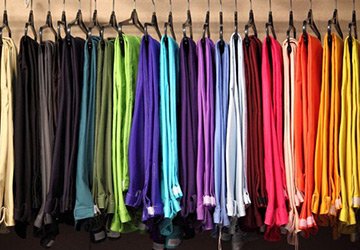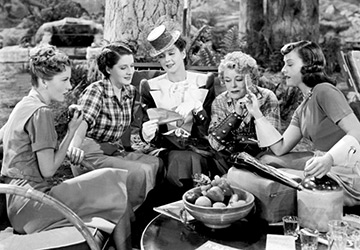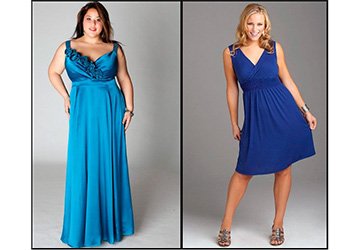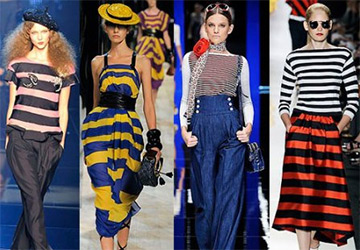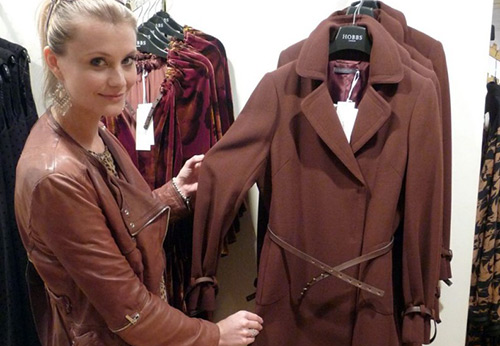Style
Clothing and accessories in the style of the 30s
The main geometric figure in the style of the 30s is the triangle - broad shoulders and narrow hips. Joan Crawford's overhead shoulders in 1932, pagoda-shaped shoulders invented Elsa Schiaparelli in 1933 and her own invention - the shoulders in the style of the British Army guards, are more popular than ever. All kinds of inserts and yokes in the form of a triangle, a deep V-neck on the back of evening dresses, skirts that are narrow at the hips and widen from the knees downward, wide acute-angled collars, bows, kerchiefs on the neck, original capes - all these are elements from the outfits of the 30s years.
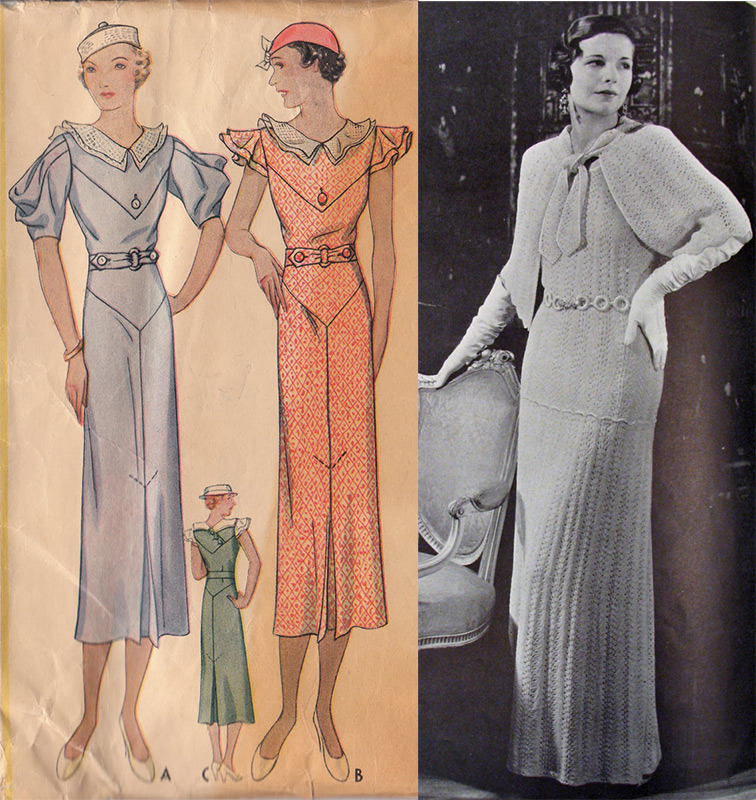
Fabrics - satin, silk, perfectly draped and tight-fitting a slender female figure, especially in a slanting cut, were among the most popular. In 1936, during the Winter Olympics, ski pants appeared - wide at the hips and tapering at the ankle. The high heel - wedge heel - an invention of Salvatore Ferragamo, was made of raffia or balsa wood.
Economic difficulties, which arose in almost all European countries and culminated in 1929, were hit by a crisis and related unemployment. Millions of people had neither bread nor earnings. Now wealth was not advertised the way it was in the 1920s. Holidays were held not in clubs, but in private houses, and in a narrow circle. All this lasted for several years, and could not but be reflected in fashion.
Along with this, the development of technology continued. And one of the main inventions - the invention of the sound film made the actors speaking from the screens closer and more understandable for everyone. Therefore, the influence of films increased, new fashion items, promoted earlier by theater or cabaret, were now shown to a wider audience from screens. Popular actors became role models in everything - not only in behavior, but also in clothes as well. What the stars wore was fashionable, their outfits were immediately copied.
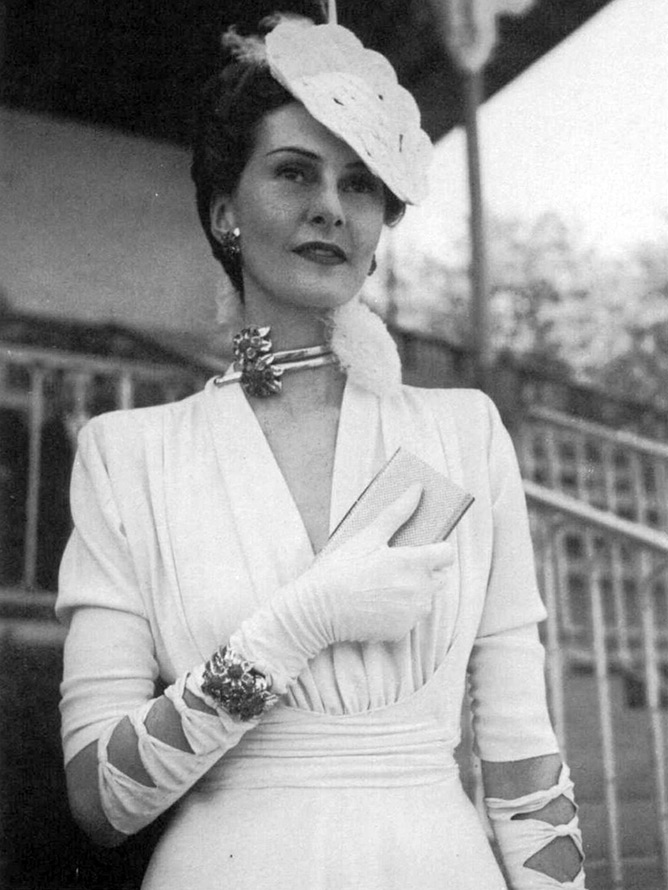
Actresses Greta Garbo, Marlene Dietrich, Joan Crawford, Jean Harlow popularized clothing that emphasizes the shape of the female body. They became trendsetters. Marlene Dietrich introduced trousers into fashion, Greta Garbo - a male-type suit with wide shoulders. In some films of the time, fashion played a major role. And designers quickly saw how useful cinema can be.
The rectangular silhouette, the simplicity of the cut began to disappear, gradually acquiring the features of a female silhouette with a waist, chest, and hips. The ideal was a woman with a slender figure and long legs.
At a time when women of the 20s both day and night danced the Charleston in shirt dresses, the ladies of the 30s, no matter how poor they were, wanted to look dignified. The elegance and charm of the 30s was especially evident in the long silk evening dresses. It was silk with an oblique cut that fell splendidly, emphasizing the figure. It was one of the most expensive materials of the period. And all the fashion designers then picked up Vionne's ingenious find - to cut the fabric along the bias. This cut gave elasticity - on the chest, waist and hips, the dress was tight, and below it fell in natural folds.
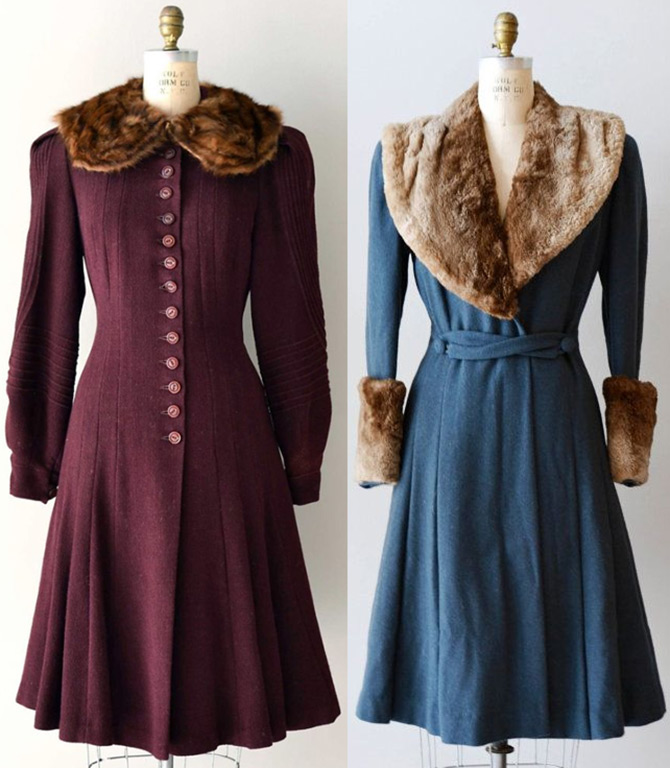
1930s coats and dresses
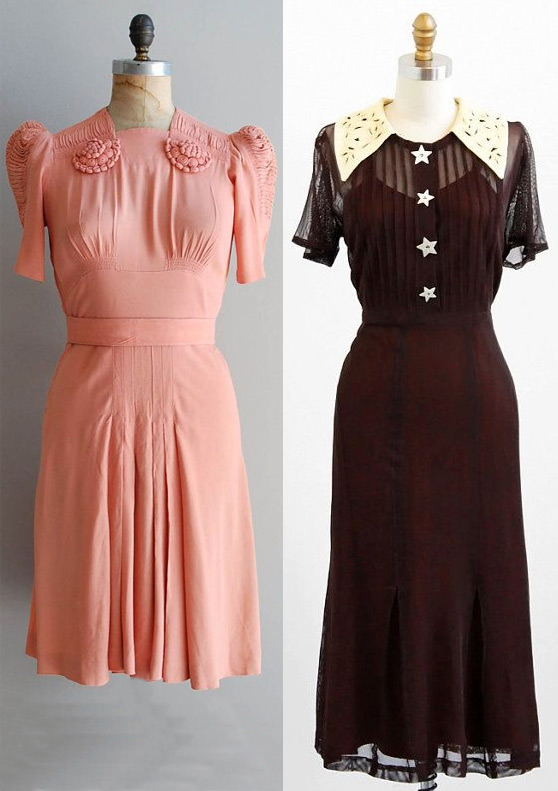
In addition, dresses with a deep cut on the back did not need fastening. Fabrics appeared with a very interesting texture, which in itself was already an ornament. Still, the best decoration of an evening dress was the fur of a polar fox. Rich ladies wore furs not only in evening dress, but also during the day. Those who could not afford this luxury replaced it with a velvet cape or a bright chiffon shawl. But there were also those for whom silk was not available. Coco Chanel took care of them. In her collection of evening wear, she has included dresses in cotton fabrics.
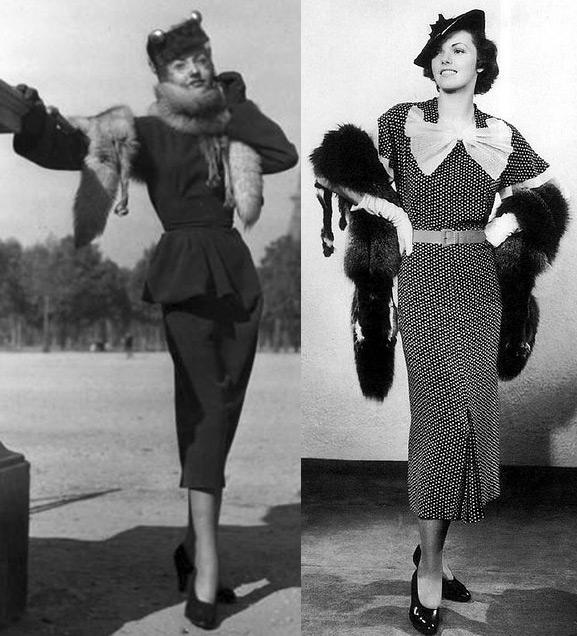
Ladies' casual outfits were lengthened, because now everything was worn to the middle of the calves. How was it done? - ... with the help of ribbons, frills, yokes, various inserts, for example, godet inserts on skirts, which started just below the hip line. Even small pieces of fur have been used to trim the neckline or sleeves. The costumes had a tapered silhouette with a well-defined waist, which was additionally emphasized by a belt.
The neckline was deep and the lapels were wide. They were often sewn from English tweeds, and therefore the costumes began to be called "English". The sewing and processing technology was almost the same as when sewing a men's suit. And to revive the costume and make it more feminine, it was enough for a fox thrown over the shoulder or a bouquet of violets attached to the lapel. A blouse with a large bow was worn under the jacket. To emphasize the width of the shoulders, various decorative elements were used - large bows or silk scarves, frills, flounces.
In 1933, Herm? S launched its first famous silk scarf.
With the slender waist back, the corsetry industry has revived as well. But in this case, it was just a slight squeeze, and the corsets were worn just below the bust line. The chest has lifted again, in contrast to its almost incomplete absence in the 20s. The production of bras by the American company "Warners" has begun.
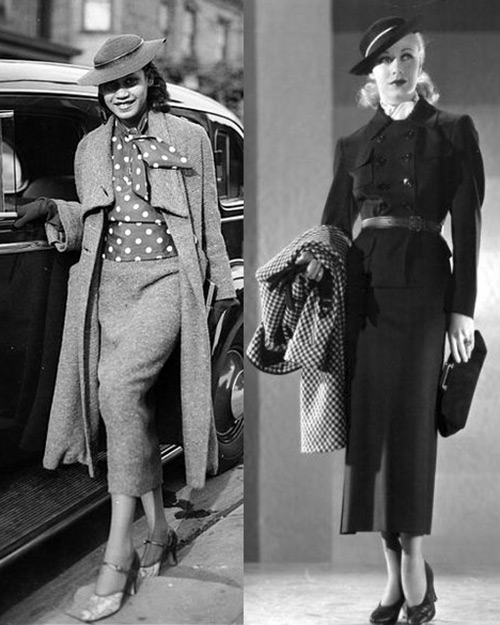
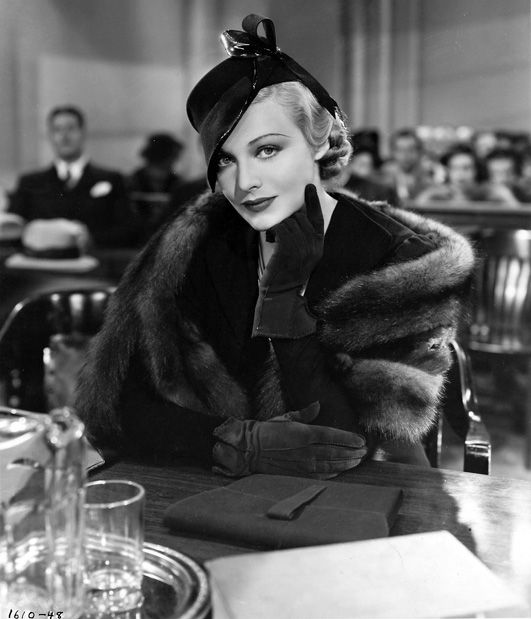
The set of ladies' clothes certainly included hats. And that was the time of the craziest hats. If it was not easy to buy a dress, especially from an expensive material, then many tried to create a hat, even using their design skills.
Since the beginning of the 30s, hats were small and flat, and a lady could fix them with hairpins on her hair. Then there were berets and beanie hats, hats in the shape of a plate, a bell, and in general, in the shape of what could only be imagined. The variety of fancy models of hats was so rich that there was no question of the unity of style in them. They had only one thing in common - the ladies wore these hats, sliding them slightly obliquely on their foreheads.
The most famous hat maker was Elsa Schiaparelli. Hats from the 30s are a completely separate topic.
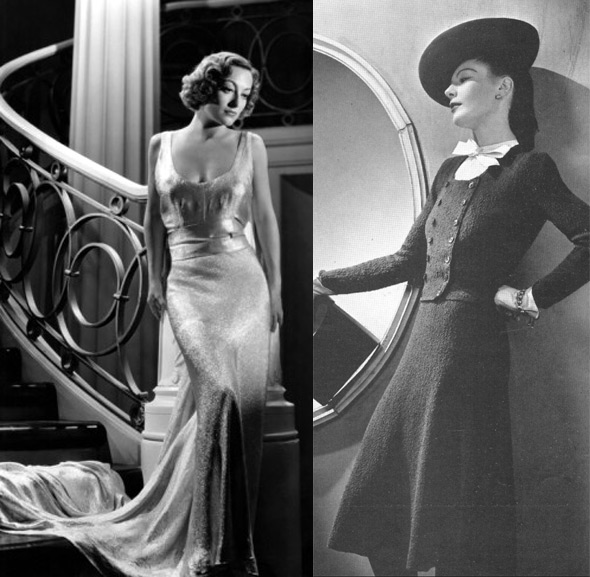
In addition to hats, which not everyone could afford, turbans, twisted from colored silk, lace shawls, hair nets made of twisted silk, tulle and decorated with colored beads, became widespread.
How were the legs dressed? The stockings were the same as in the 1920s, made of natural or artificial silk. In 1939, they began to produce nylon. The shoes had a heel of 6-8 cm, of medium thickness, there were also low heels, as well as various options with a strap on the instep and a button closure. The cut of the shoe was not deep, more precisely - the middle one, some models were completely closed, the toes were rounded and slightly tapered. Two-tone shoes were very popular.
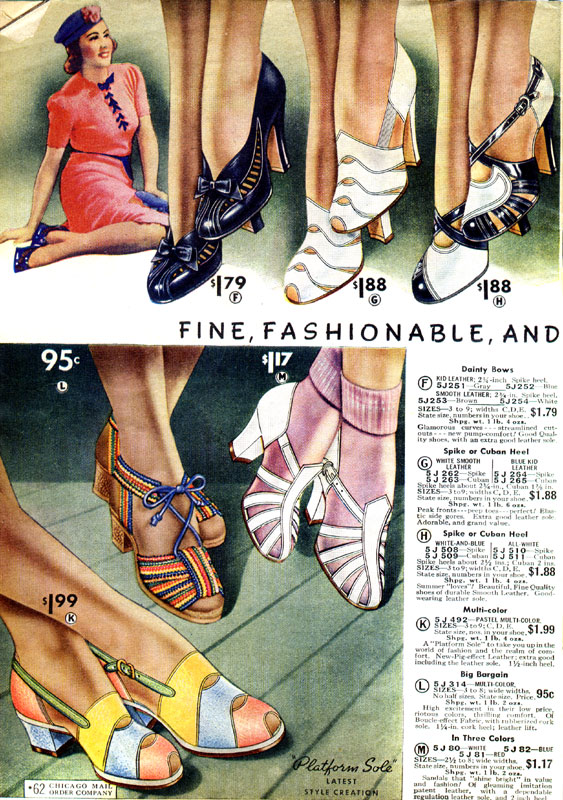
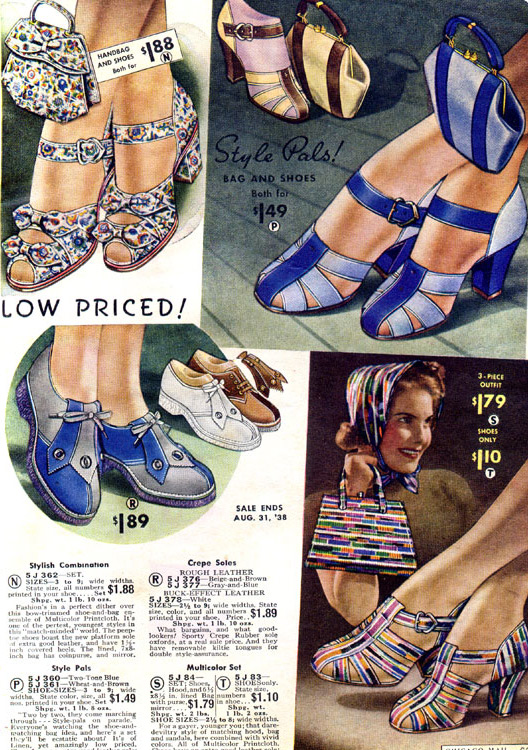
Gloves were an indispensable accessory in the ladies' wardrobe of the 30s; they were even worn to a summer dress with short sleeves.
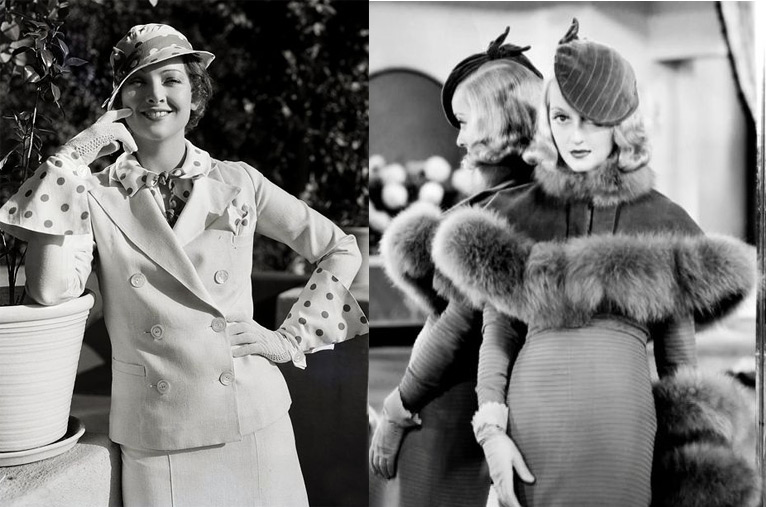
In a hat, gloves and a flat envelope handbag, the lady looked elegantly dressed. Those who did not have the means to adorn themselves with expensive outfits supplemented the existing outfit with fashionable accessories - a hat, an envelope bag and gloves. Then the image was considered complete in accordance with the fashionable requirements of those years. Especially handbags helped out. They were in the form of envelopes without handles with a latch in the form of a frame, which at that time began to be made of plastic.
The innovation of the decade was the sunglasses that every self-respecting fashionista must have. Trousers, and especially evening or beach pajamas, have become an integral part of every elegant lady's wardrobe. Although it was only in 1939 that Vogue magazine dared for the first time to offer a woman pants with a pullover as clothing. Walking trousers were gradually implanted. One of the forms of sportswear was trousers-skirt, trousers for hunting, which were gradually shortened and became the harbingers of shorts.
Along with pajamas, various forms of dressing gowns appeared, which were made from flannel, bikes, satin, a new type of home clothing appeared - dressing gowns.
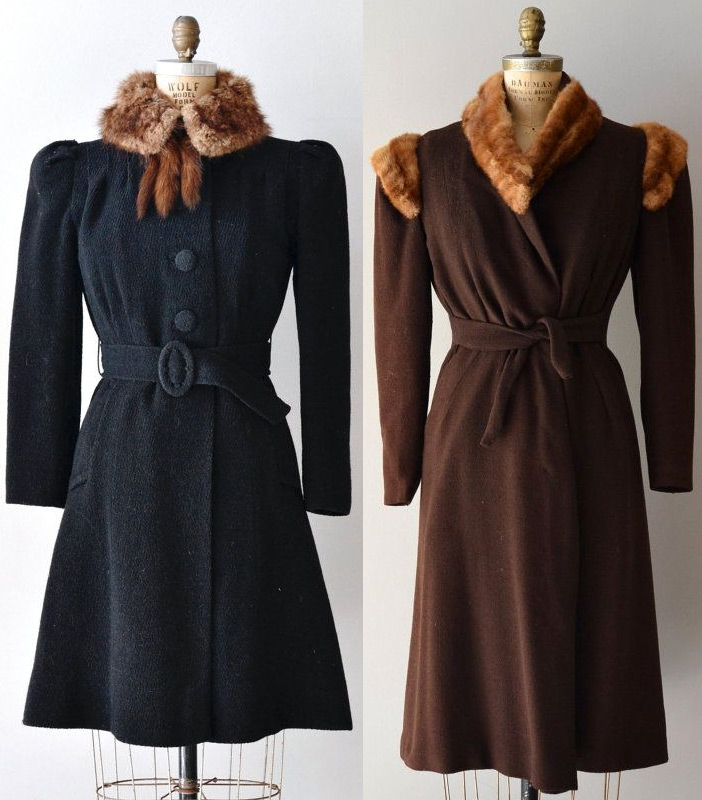
The coats also had a fitted, straight silhouette with a mid-calf length, with wide lapels, single-breasted and double-breasted, mostly with large patch pockets, with large buttons. The waist was sometimes accentuated by a belt. Fur coats were fashionable broadtail... Capes were widespread, which were short, barely covering the shoulders, and long, just below the hips - capes.
Decorations. Jewelry, who had them, of course, was in fashion, brooches and necklaces were especially loved. Most were content with artificial stones and rhinestones. The latter were sewn onto expensive fabrics and imitated jewelry. Artificial flowers made of fabric or rhinestones were popular adornments. The most fashionable were violets, they were used to decorate straw hats.
The 30s are the years when women paid much attention to sports, especially since sports were promoted in all countries. All over Europe, sports associations were created, and everyone, trying to keep up with the times, began to passionately get involved in sports - some cars, and some air sports. Tennis, golf, cycling, swimming, skiing remained the favorite types of active leisure.
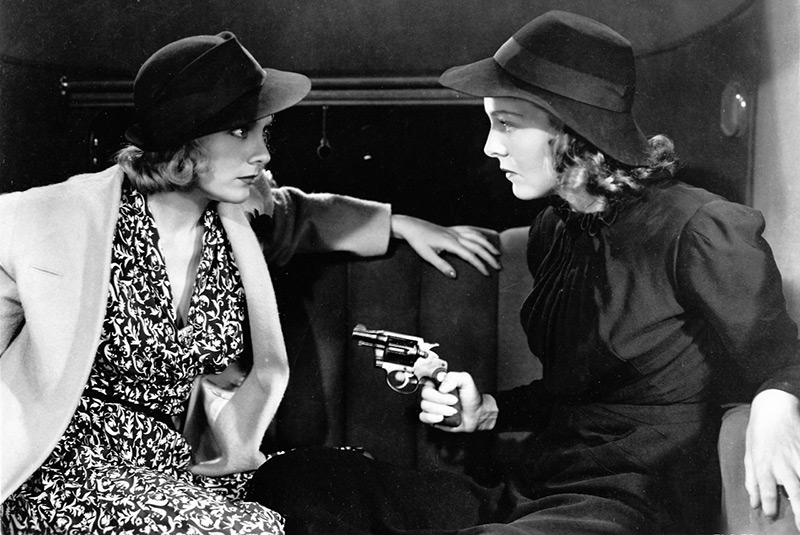
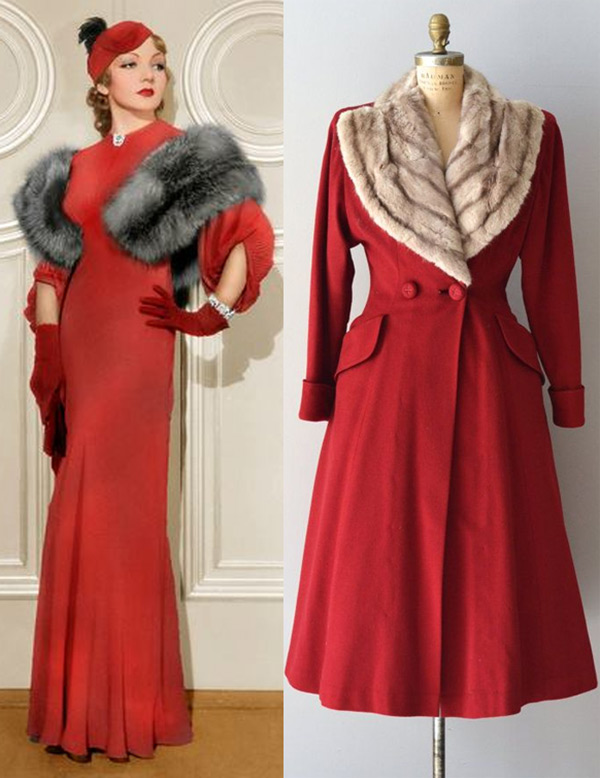
It has become fashionable to spend time in the mountains, skiing, and mountain walks. And here Tyrolean style clothing was copied by fashion. But gradually it became clear that political passions in Europe were taking on a dangerous connotation. And already since 1934, fashion, as if anticipating the approach of a catastrophe, reacted with changes in clothing lines.
Clothing takes on the character of a uniform - angular broad shoulders, narrow skirts just below the knee, gloves with cuffs, handbags over the shoulder. Shoes have become more massive - first wedge-shaped heels appear, then a platform, as well as shoes without a heel, and what is interesting is the lack of makeup.
It was an alarming time, it became clear to everyone that these were the last days of peace before the great catastrophe. And yet, the period of the 30s can be called the period of the greatest taste, the time of new elegance. The 30s are still a source of inspiration for designers.
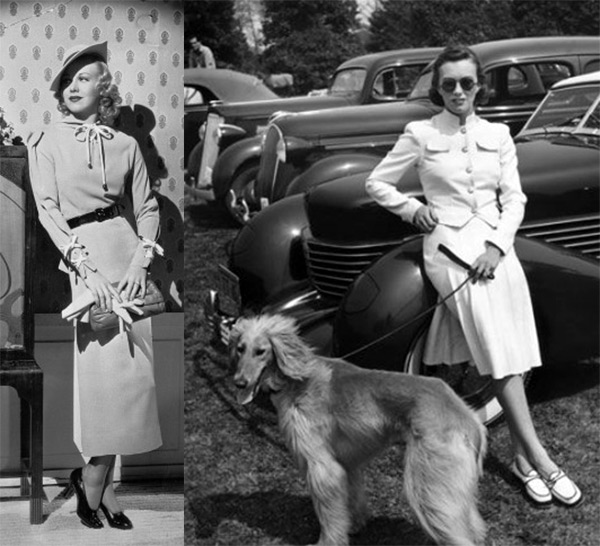
Comments and Reviews
Add a comment
Rating news
Shades of clothing that make women look younger
What shades of hair make women younger: rules and photos
Funny wedding dresses - photos and ideas
12 most expensive down jackets for the winter
How to look 25 at 40: tips from supermodels
Beautiful schoolgirls
Anti-aging haircuts and hairstyles for women
Fashionable skirts for autumn and winter
Fashionable women's trousers for the cold season
Fashionable and stylish sandals for summer 2024
Spring-summer 2024
 Fashionable dresses and tops with thin spaghetti straps
Fashionable dresses and tops with thin spaghetti straps
 Bandana tops: how to wear stylishly and beautifully
Bandana tops: how to wear stylishly and beautifully
 How to put together the perfect men's wardrobe for the summer
How to put together the perfect men's wardrobe for the summer
 Trendy shorts for spring-summer 2024
Trendy shorts for spring-summer 2024
 Fashionable skirts for spring-summer 2024: a guide to online shopping
Fashionable skirts for spring-summer 2024: a guide to online shopping
 The most fashionable dresses spring-summer 2024: styles and colors
The most fashionable dresses spring-summer 2024: styles and colors
 Fashionable total look 2024: image ideas and trends
Fashionable total look 2024: image ideas and trends
